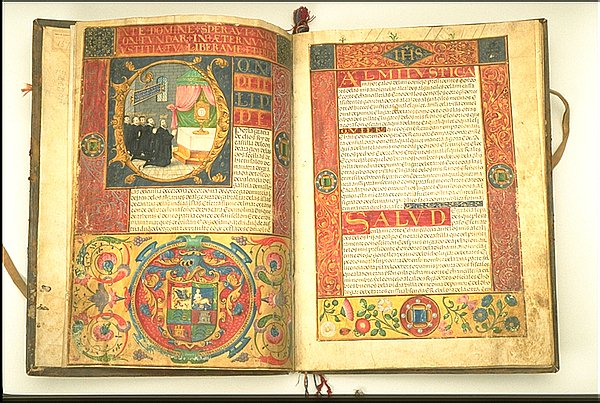
When and Why You Should Use Primary Sources:
Remember: Primary sources are the building blocks of historical research and should provide the foundation of your argument and interpretation, whereas secondary sources should inform and supplement the primary sources. Use your primary sources as evidence for answering your research question and write based on those sources, rather than “plugging them in” after the fact to bolster your argument. In short, primary sources should drive the paper, not the other way around.
 Manuscripts are useful because they can provide insight into the production of works as well as document the lives of significant literary figures.
Manuscripts are useful because they can provide insight into the production of works as well as document the lives of significant literary figures.
The term "manuscript" literally means "written by hand" and encompasses a broad array of documents and records of numerous formats and types, including letters & correspondence, diaries & journals, memoirs & autobiographies, papers relating to published and unpublished literary works, as well as handwritten notes.



 Ephemera is useful because its sheer variety (posters, maps, advertisements, trade cards, programs, etc.) provides a glimpse into a historical period's cultural, economic, and social customs & traditions.
Ephemera is useful because its sheer variety (posters, maps, advertisements, trade cards, programs, etc.) provides a glimpse into a historical period's cultural, economic, and social customs & traditions.
Still not sure what constitutes ephemera? Take a look at these examples...